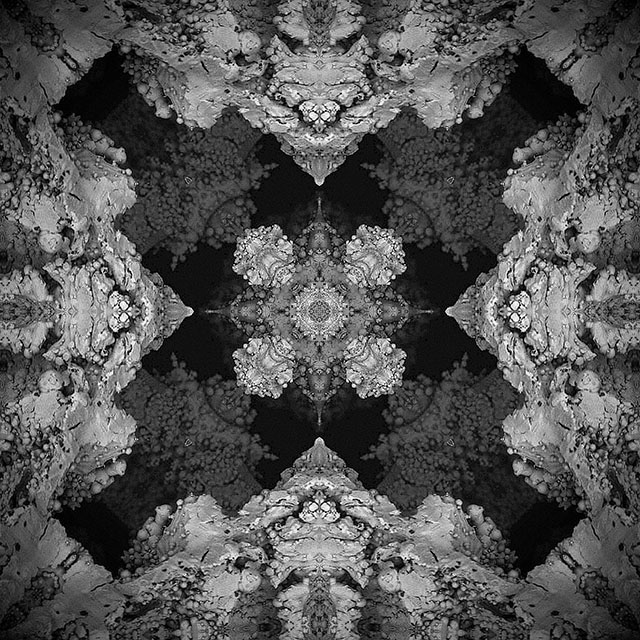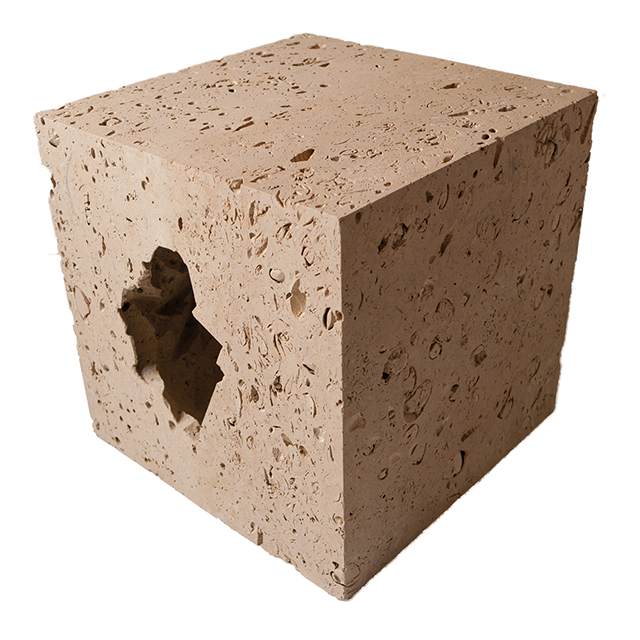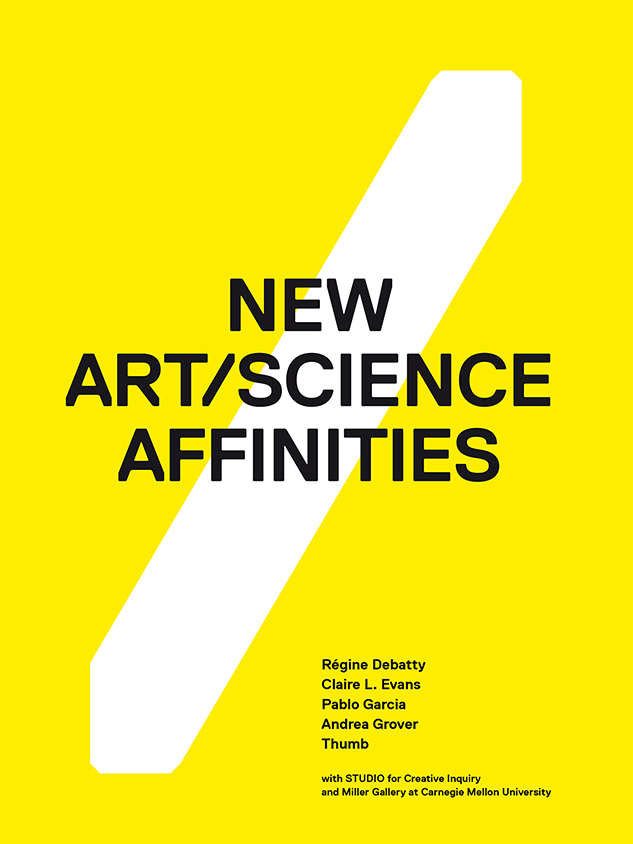In Conversation: Régine Debatty
by Dominique Moulon
Régine Debatty is a writer, curator, critic and founder of the blog we make money not art. She is from Belgium, but is currently based in London and Turino. She is known for her writings on the intersection between art, design, science, technology, and social issues. She has a weekly radio program and is the co-author of the book New Art/Science Affinities. She is also an Honorary Fellow of the Royal College of Art.

Dominique Moulon: Is the success of your blog due to the fact that you really live the multiple experiences that you comment on in English by traveling and meeting people?
Régine Debatty: Probably. Apart from the content of the blog, I guess that readers appreciate the honesty of my reviews and the fact that I always want to bring more to a story than just the copy/pasting of a press release. Also over time, I’ve probably grown a voice with clearly defined (albeit ever shifting) interests.
DM: Is your title as a blogger appreciated around the world in the same way or does it vary according to the geographical and cultural contexts?
RD: Yes, it does vary. Slightly less now than in the past though. Geographical context is not that relevant anymore, thankfully. Cultural context will always be, whichever title you have. But what I noticed is that in the past, many people called me ‘a blogger’ because that sounded edgy and exotic (in the art world), while now the same people tend to avoid calling me a ‘blogger’ for fear of offending me. I’m still a happy blogger. There is this idea that being a blogger can only be a starting point to something else. Which it obviously and fortunately is, but I believe that I can still work as an art critic or reporter on the side while defining myself as a blogger.
Another thing that has changed is that marketing departments (rather than press departments or curators) of big cultural institutions have ‘realized’ that bloggers constitute an uncritical and even un-thinking mass that will happily broadcast their events for free. I now regularly receive patronizing emails from ‘super excited’ marketing department informing me about their upcoming exhibitions and exhorting me to profusely tweet and instagram about them. Don’t get me wrong, I’m always happy to promote independent cultural events for free if the organizers ask nicely and don’t have colossal budgets to dedicate to advertising. But constantly tweeting about a show that has not opened yet in exchange for a discount on the exhibition catalogue is not my idea of meaningful communication.
DM: Isn’t digital technology more naturally admitted into the sphere of design compared to that of art?
RD: I don’t think so. Of course, it depends on what you mean by art, if that’s Frieze-style contemporary art you have in mind, then yes, technology is indeed not one of their main preoccupations. Neither are they much interested in many of the issues and phenomena that shape contemporary society. But if you’re talking about art in general, I’d say that artists are at least as interested in technology as designers. Some of them might use paintings to comment on scientific innovation or a row of guitars to explore the possibilities of new digital technology, but that doesn’t make their point of view less valid or interesting than the one of a designer. On the contrary.

DM: Aren’t ethical questions evoked by biotechnologies practices in art sometimes more interesting than the creations themselves?
RD: You are completely right. But there are also spectacular exceptions.
To be honest with you, at this point, I’m really not annoyed by the imbalance between the relevance of the issues raised, and the artistic value of a piece because apart from these artworks, I don’t encounter many other opportunities to discuss, raise, or even learn about issues related to advances in sciences. In any case, it is still difficult for the public or the critic to clearly assess the artistic value of these works because they are complex, unusual and often so disturbing that we tend to hold onto the science and ethical bits which feel easier to digest and discuss.
On a side note, I’m not sure that digital art practice is strikingly better behaved in that respect. There is still a lot of superficial playing around with digital tech because it is ‘cool’ and will earn you a spot on popular blogs.
DM: What might be, according to you, the most representative nanotechnologic art project in recent years?
RD: I’m going to say whatever Frederik de Wilde is doing with nanotech. But that’s probably because that’s the only meaningful (to me) art project dealing with/using nanotechnology i know of. Furthermore, I interviewed him recently and he turned out to be a ridiculously interesting and thoughtful artist.

DM: What are the most significant experiments using neurosciences in the field of art in recent years?
RD: I’ve tried thinking about this question for some time and I’m still so baffled by the scientific advances in neurosciences that I can’t think of any art experiment that would do justice to your question. However, I can tell you that I very much liked London Fieldworks collaboration with Gustav Metzger for the exhibition ull Object: Gustav Metzger Thinks About Nothing‘, which I saw in London in 2012. Metzger is an avant-garde artist who launched the auto-destructive art movement back in 1959. The idea of auto-destructive art is roughly speaking to demolish art, and reconfigure the act itself as an artwork. London Fieldworks asked him to sit on a chair for 20 minutes thinking of nothing. While Metzger was seated, readings were taken of the electrical activity taking place inside his brain. The resulting electroencephalograms were then analyzed and turned into instructions for a factory robot to drill a hole inside a bloc of stone. The result is a 50cm high cube of stone with a void that represents what happens inside the brain of Metzger when he is thinking about nothing.
DM: Isn’t the “work in progress” aspect of research projects presented in art and technology events a way of repulsing the contemporary art public?
RD: You think so? I had the feeling it had the opposite effect. Work in progress pieces give you a glimpse into artistic process (‘process’ being a rather popular concept in art), and let you reflect along with the artist on what the final piece might turn out to be. I think that the contemporary art public is well acquainted with the idea of work in progress. You might have to look elsewhere for a reason to explain why this public doesn’t find art and tech events very appealing.
But then again, maybe I’m very naive here.

DM: At the Venice Biennial, should we complain about the real lack of technologic creations or enjoy the presence of an increase in the number of art pieces that are consequent to digital?
RD: I didn’t go to the last edition of the Venice Biennial so I find it difficult to give you a very informed answer. But whenever i go to this type of event, I never look specifically for artworks that use in one way or another technology. I assume there won’t be much of that anyway. I’m looking for good art or at least art that moves me. Always. Whether I’m at FutureEverything or at the Venice Biennial.